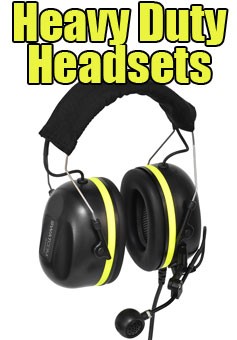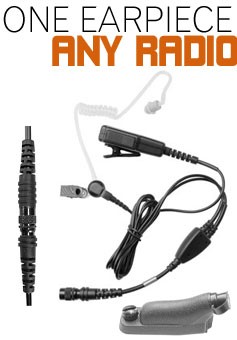
When discussing earphones that don't fall into the 'in-ear' category, we are referring to a diverse array of designs that sit on or around the ear. These include the traditional 'over-ear' and 'on-ear' headphones, each with unique characteristics suited to different user preferences. Over-ear headphones encapsulate the entire ear, offering superior sound isolation and comfort for extended listening sessions. On the other hand, on-ear headphones rest directly on the outer ear and are generally more compact and convenient for on-the-go use. Understanding the distinction and benefits of these earphone types is essential for consumers seeking the best personal audio experience.
what are they called
Over-ear headphones, which are distinct from in-ear models such as earphones, earpieces, or earbuds, rest comfortably around the entire ear. These types are designed like a headset, encapsulating the ear to provide both excellent sound quality and noise isolation. This style is often preferred by audiophiles and professionals in the music industry for its sound fidelity. In the context of radio communication, "over the ear" devices typically feature a speaker that sits over the user's ear without penetrating the ear canal, delivering sound directly. These devices often come in ergonomic styles, such as G-shaped earpieces or D-ring earpieces, allowing for clear audio reception in various professional settings.
in ear vs over ear earpiece
The debate between in-ear and over-ear headphones is centered on their differences in comfort, sound quality, portability, and noise cancellation capabilities. In-ear models are highly portable and convenient for those on the move, fitting snugly within the ear canal and often providing effective passive noise isolation. However, some users find them uncomfortable for long durations. Over-ear headphones, conversely, provide superior sound quality and active noise cancellation, immersing the listener in an audio experience that in-ear models struggle to match. Nevertheless, they are bulkier, making them less practical for commuting or exercising. The choice between the two often boils down to personal preference and intended use.


















